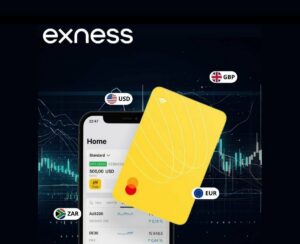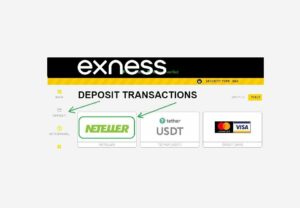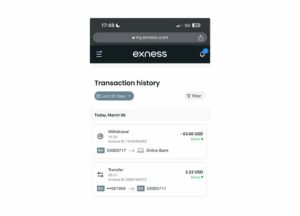Crude oil stands among the most actively traded and changeable goods in world markets. People trade oil contracts because prices often jump up and down based on supply versus demand, economic news, and troubles between countries. When you use Exness, you can trade WTI and Brent Crude Oil using CFDs (Contracts for Difference). This means you can make money from oil price changes without buying actual barrels of oil.
Trading with Exness gives you quick trades, small price gaps, and helpful charts for both quick deals and long-term plans. This guide explains everything about oil trading on Exness – from trading terms to strategies and ways to protect your money.
Why Choose Exness for Oil Trading?
Oil prices often show how healthy the world economy is. When you trade oil CFDs with Exness, you can use leverage, trade during flexible hours, and enjoy deep market activity. Unlike normal investments, CFDs let you profit when prices go up (buy) or down (sell), giving you chances in all market situations.
Exness offers good trading terms for oil, making it appealing for traders who want big price swings, clear trends, and ways to protect other investments. Here’s why traders pick Exness:
- Big Leverage Options – Trade oil with up to 1:200 leverage, letting you control more oil with less money
- Low Costs – Small price gaps and no hidden fees on standard accounts
- MT4 & MT5 Platforms – Use detailed charts, robot trading, and custom indicators
- Fast Trading Speed – Orders happen very quickly, reducing price differences
- Trading Almost All Week – Buy and sell oil Monday through Friday, matching world energy market hours
- Safety Tools – Use stop-loss, take-profit, and price alerts to lower risk and guard your money
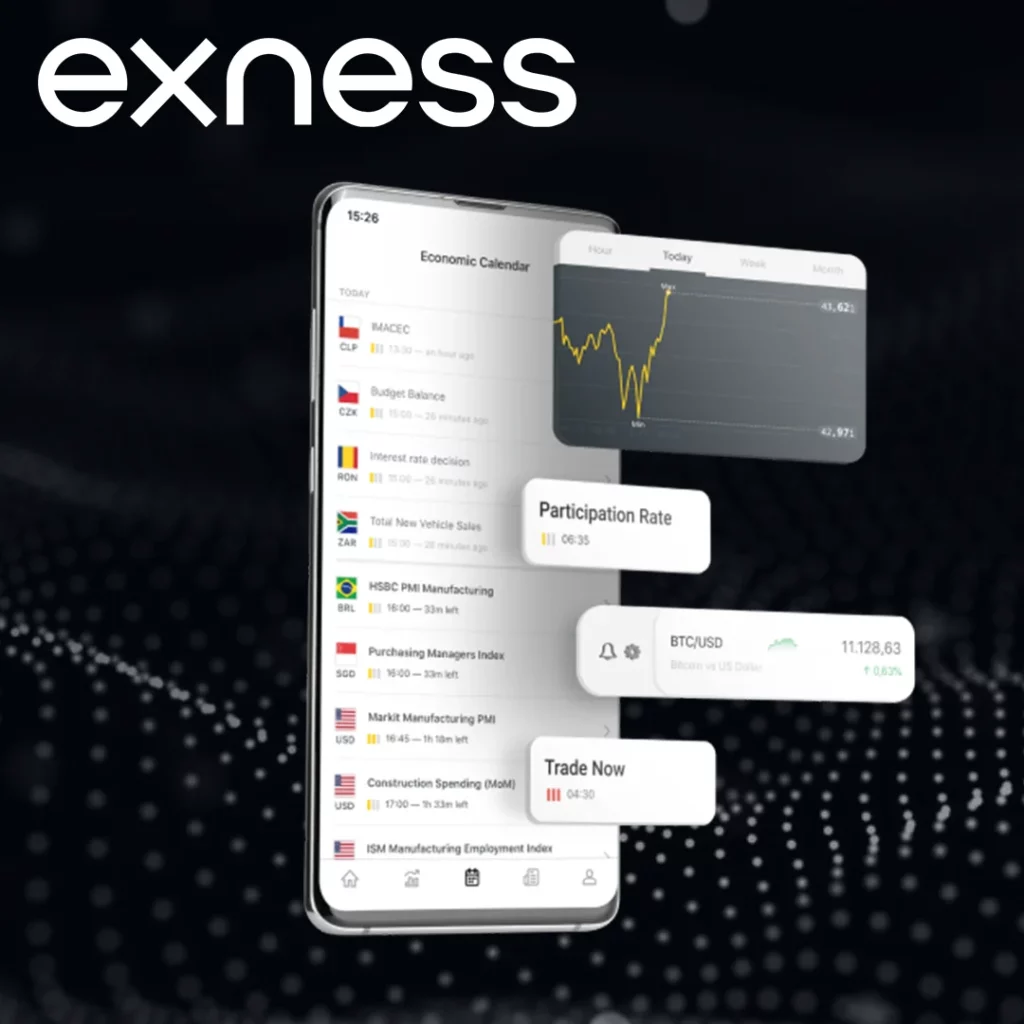
How to Start Oil Trading on Exness
Oil trading needs market study, smart execution, and risk control. Exness makes this easier with a simple platform where traders can study trends and make trades without hassle. Follow these steps to begin:
Opening Your Account
You need a trading account to access oil CFDs on Exness. The process is simple:
- Sign up on the Exness website
- Complete identity checks (upload ID and address proof)
- Add money using bank transfers, digital wallets, or crypto
Pick Your Trading Platform
Exness gives you the option to use MetaTrader 4 (MT4) or MetaTrader 5 (MT5). Both platforms let you follow live prices, use built-in analysis tools, and set up automated trades. You can trade from your computer, smartphone, or directly in your browser.
Choose a Crude Oil Option
Exness lets you trade two key types of crude oil:
- WTI Crude (West Texas Intermediate) – This is the main oil type used in the U.S. market. Its price often moves based on American oil supply and output numbers.
- Brent Crude – Known as the global oil benchmark, Brent prices respond to worldwide demand, supply shifts, and OPEC decisions.
Study the Market
To trade crude oil successfully, you need to understand both the big picture and the price charts.
- Fundamental Analysis – Keep an eye on OPEC+ decisions, EIA data, U.S. oil rig numbers, and the state of the global economy. These factors often drive oil prices.
- Technical Analysis – Look for price trends and signals using tools like moving averages, RSI, Bollinger Bands, Fibonacci levels, and trend lines. These can help you spot entry and exit points.
Place a Trade
Choose your trade direction after checking the market:
- Go long (buy) if you think the price will go up.
- Go short (sell) if you believe the price will drop.
Set stop-loss and take-profit levels to manage your risk and lock in gains without needing to watch the market all the time.
Keep an Eye on Your Trades
Oil Trading Terms on Exness
Exness has different trading options for various trader styles. This table shows features across account types:
| Feature | Standard Account | Raw Spread Account | Zero Account |
| Price Gaps | Floating | Raw spread | 0 pips |
| Fees | No commission | Small commission | Fixed commission |
| Leverage | Up to 1:200 | Up to 1:200 | Up to 1:200 |
| Execution | Market | Market | Market |
| Minimum Trade Size | 0.01 | 0.01 | 0.01 |
Exness also offers accounts without overnight fees, perfect for traders who want to avoid daily charges.
What Affects Oil Prices?
Oil prices change based on economic signs, world politics, and supply-demand differences. Traders must watch key factors that drive price movements:
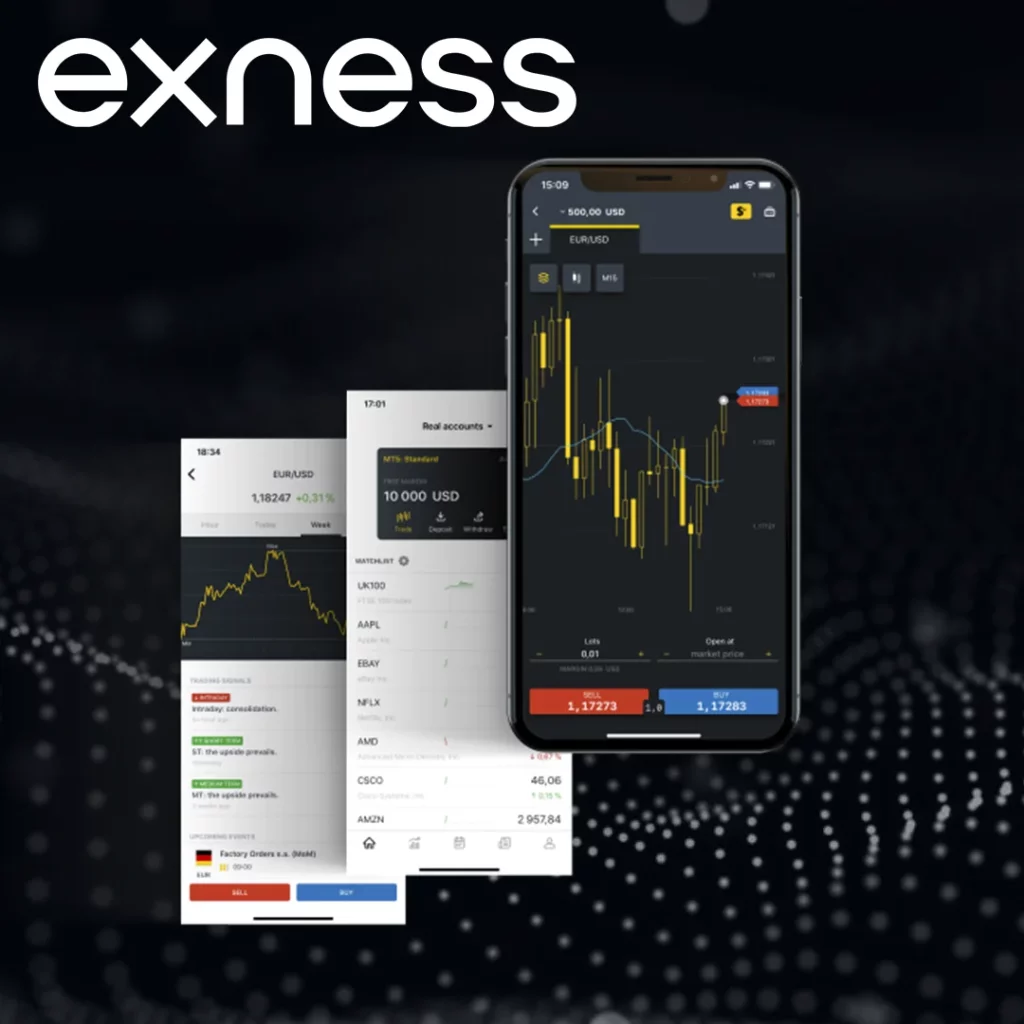
- Global Supply & Demand – Oil production from OPEC+, U.S. shale, and major oil-using countries affects availability
- World Politics – Wars, trade limits, and unstable governments in oil-producing areas cause sudden price shifts
- Economic Reports – U.S. growth reports, inflation numbers, and factory output affect oil demand
- Storage Reports – Weekly EIA and API oil stock reports show supply levels, changing short-term trends
- Dollar Strength – Since oil trades in U.S. dollars, changes in the dollar affect oil prices
Smart traders use both news analysis and chart patterns to make evidence-based decisions.
Managing Risk in Oil Trading
Oil prices swing wildly, so protecting your money is vital. Exness provides tools to help limit possible losses:
- Stop-Loss Orders – Exit trades automatically at set levels to cap losses
- Take-Profit Orders – Lock in gains by closing positions when prices reach your targets
- Position Sizing – Change trade sizes to avoid too much risk on one trade
- Smart Leverage Use – While leverage can boost profits, it also raises risk, so use it carefully
- Stay Informed – Watch OPEC meetings, economic news, and world events to avoid surprise price moves
Oil Trading Strategies on Exness
Different approaches work for different market conditions and experience levels:
Trend Trading
- Find market direction using moving averages and trend lines
- Buy during uptrends and sell during downtrends
- Confirm trends with volume and momentum tools
Breakout Trading
- Look for price consolidation followed by strong movements beyond barriers
- Use support and resistance levels to find entry points
- Confirm with tools like Bollinger Bands
Range Trading
- Identify sideways price channels
- Buy at bottom levels and sell at top levels within the range
- Use RSI and stochastic tools to confirm oversold/overbought levels
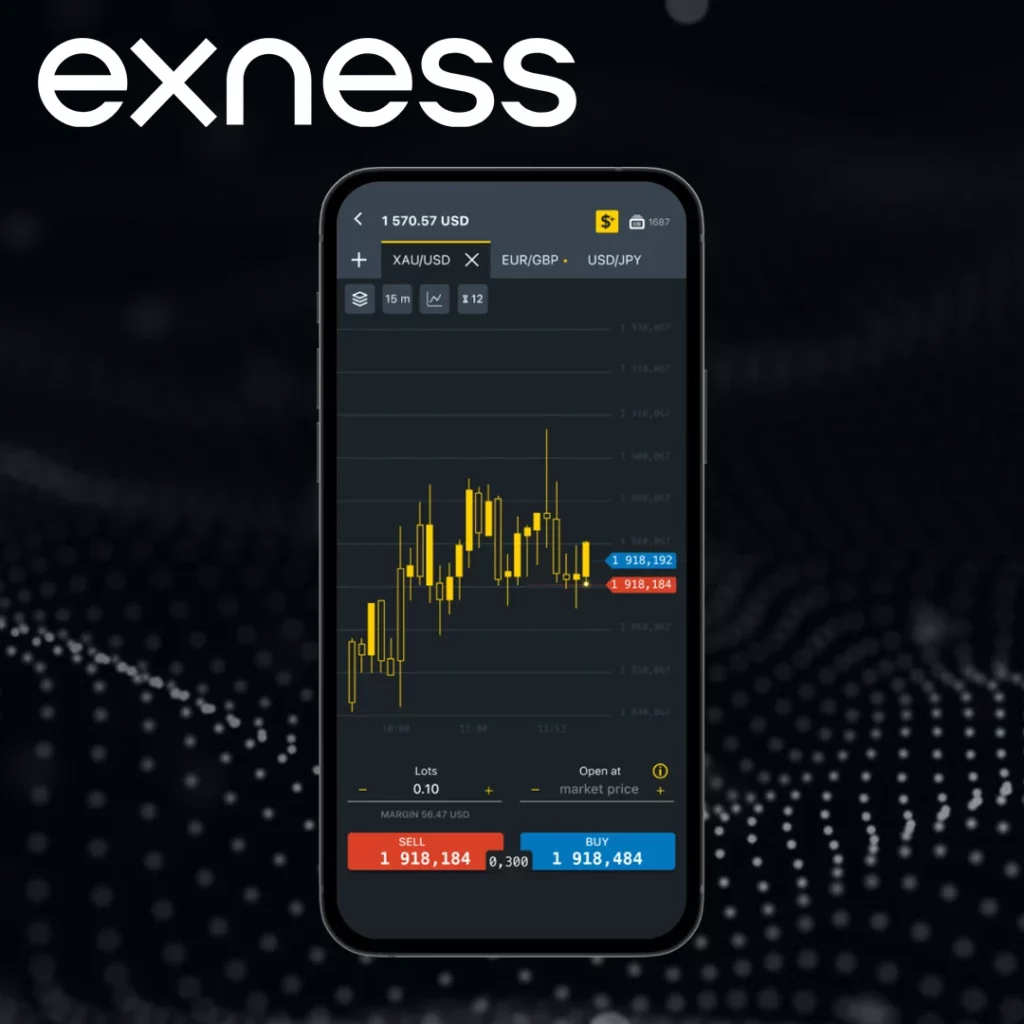
News Trading
- React to OPEC meetings, U.S. job data, and oil storage reports
- Trade during high activity using waiting orders before big announcements
- Set wider stop-loss points to handle sudden price jumps
Final Thoughts
Trading oil with Exness gives you access to active markets, small cost gaps, and quick execution. By using both news analysis and chart study, traders can profit from price movements in both directions. Risk management and strategic planning are essential for steady success in oil trading.
To begin trading oil today, open an Exness account and use MT4 & MT5 platforms for a professional trading experience.

Trade with a trusted broker Exness today
Join over 800,000 traders and 64,000 partners who choose Exness.

